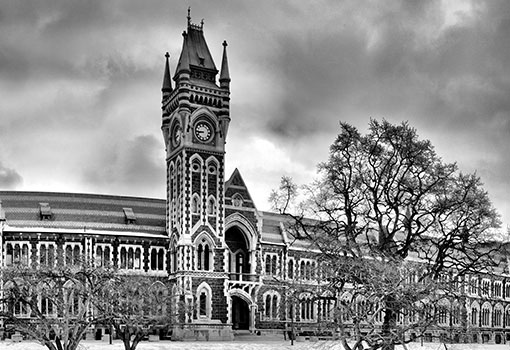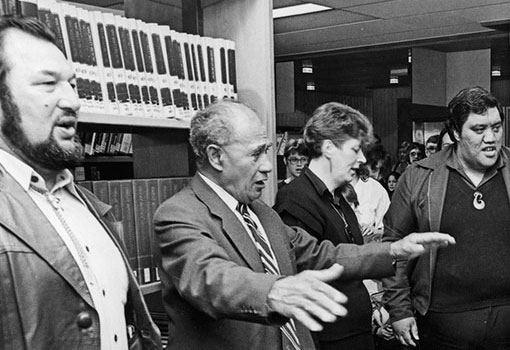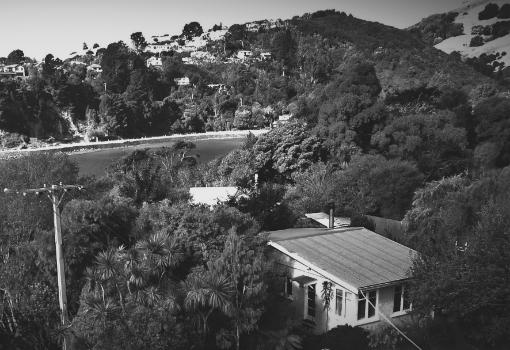
All Saints' Church
Posted: Friday Mar 12, 2021
All Saints’ Church is a building of exceptional significance” Salmond Reed Heritage Architects.
North Dunedin landmark, All Saints’ Anglican Church, was built in 1865. It was the first building designed by architectural firm Mason & Wales and is a rare example of Gothic revival architecture with polychromatic bricks and Oamaru stone.
Standing in the heart of the university precinct, All Saints’ is the chapel for Selwyn College and the parish church for North Dunedin. Not only of significance to the locality and the city, however, All Saints’ is also regarded as nationally significant and has a Category 1 ranking from Heritage New Zealand which describes it as “a place of ‘special or outstanding historical or cultural significance or value.” All Saints’ is the oldest church still used as a church in Dunedin and its presence and story are important in the history of the city of Dunedin, the University of Otago and the Anglican Church in Aotearoa New Zealand.
All Saints’ is also artistically, musically and culturally significant. The church houses an internationally important collection of stained- glass windows and sculpture from some of New Zealand’s finest sculptors. The fine Bevington & Sons pipe organ dates from 1877. The stories of many fascinating characters and people important to the stories of Dunedin and New Zealand are also intertwined with All Saints.
Unsurprisingly many important literary figures have had connections with All Saints, including O.E. Middleton. Not just writers, but teachers, scholars, and other notable city influencers. Rev. Canon Michael Wallace, Vicar, Dunedin North Anglican Parish, Chaplain, Selwyn College Te Maru Pūmanawa, has compiled an extensive research on many of the creative expressions that make up a small yet not insignificant picture of the church’s extensive creative history.
‘Followed matins with sermon at All Saints’ Church, with the choristers in newly laundered surplices, and an arch of flowers and greenery across the chancel, earing the words “Holy. Holy, Holy”.’ (From A Poor Scholar A Tale of Progress, by C.R. Allen pub. A.H and A. W. Reed, 1936)



